Introduction to the method of brewing flavor and taste of coffee beans washed with La Minita magnolia in Costa Rica
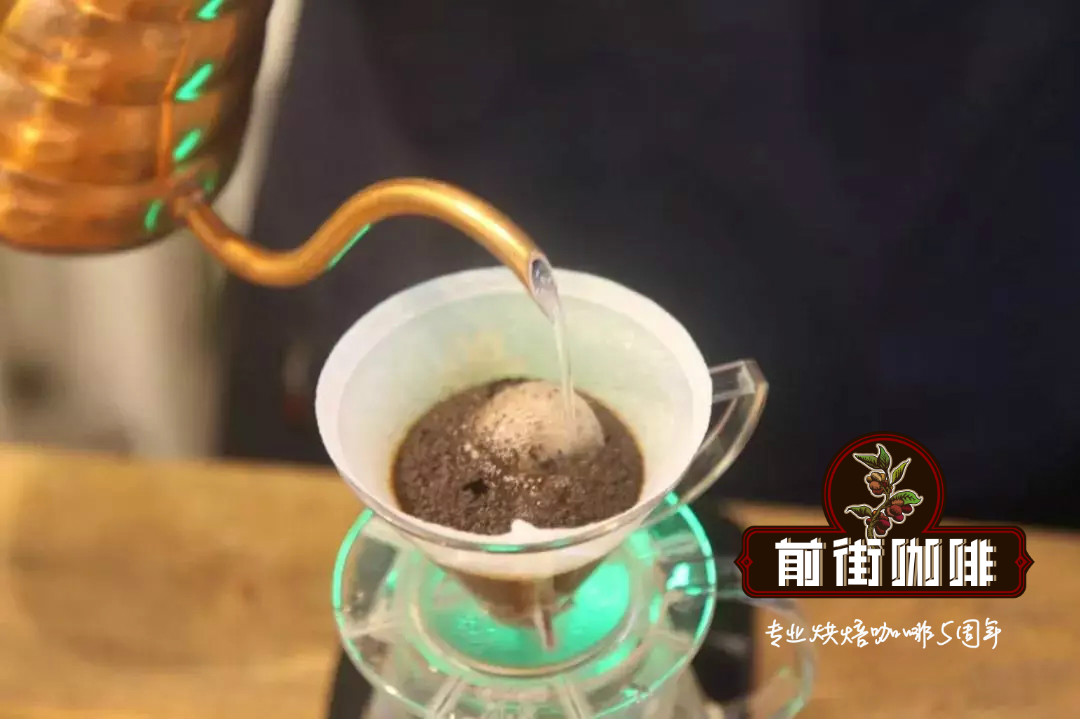
Professional coffee knowledge exchange more coffee bean information please follow the coffee workshop (Wechat official account cafe_style)
Introduction of Costa Rican Coffee producing area _ taste of Costa Rican Coffee Bean Manor
Product name: Costa Rica La Minita Magnolia washing (Costa Rica La Minita La Magnolia Washed)
Flavor description: balanced taste, honey nuts, plum, passion fruit and other aromas, such as sucrose-like wet aroma, soft but unforgettable taste.
Production area: Sanshui River
Born by: La Minita Hacienda La Minita Manor
Products: Kaddura, Kadoui
Sea pull: 1300 to 1800 meters
Grade: SHB very hard beans
Treatment method: washing treatment
Introduction:
La Minita International Coffee Export Co., Ltd., named after Hacienda La Minita Raminita Manor, the flagship estate in Tarazu, Costa Rica. In addition to the flagship estates in Costa Rica, Raminita also offers raw coffee beans from all over the world. Raminita vertically integrates their farms and processing plants around the country to give the coffee a consistent and stable quality and flavor. And focus on staff in the world's top producing areas and places of origin to ensure that the coffee reaches the high quality of Raminita export.
Hacienda La Minita Manor is located in the famous Tarrazu producing area of Costa Rica. Due to its excellent geographical environment and microclimate, the beans of La Minita Manor have a more balanced and fragrant taste than coffee from other Tarrazu producing areas. Although the land in the manor has differences in elevation and temperature, fortunately, the river around the manor reduces the cooling effect, and the farm faces to the west and can slowly heat up in the morning and cool slowly in the evening. but also because of this unique geographical environment has formed a unique advantage.
Four varieties of coffee trees, Caturra, Caturra red, Caturra yellow and Hibridoru, were planted in La Minita Manor on about 680mu. After years of experimental statistical analysis and cup quality test, La Minita Manor decided to mainly adopt Caturra varieties and continue to retain a small number of old Hibrido varieties. Although La Minita in each acre planted about 2500 coffee trees, it still decided on the number of coffee trees according to geographical characteristics and coffee species.
La minita Manor currently has a total of about 1.7 million trees. La Minita adopts a five-year knockout system. After three rounds of pruning (that is, 15 years later), the resources of the coffee trees are almost exhausted, when La Minita will remove new trees from its own coffee nursery to replace it. The nursery is located in a well-protected place on the estate, and the new trees planted in the nursery will be planted in the nursery for a year before being transplanted to the production farm. La Minita uses fast-growing and broad-leaved "Pror" trees as coffee shade trees. These trees will choose different planting densities according to the demand for sunlight and temperature control in the production area, and will be adjusted according to the demand. All the soils in the manor are tested twice a year, and according to the above-mentioned test results, decide how to fertilize the soil, about three times a year, for economic and environmental considerations and reasons. At La Minita Manor, the number of pests is greatly limited because of its climate and altitude. In addition to the non-use of pesticides, the most important thing is considerable planting and weeding techniques.
La minita will determine the harvest according to the maturity of the fruit of a coffee tree, up to five times of harvest, and the production season will end after the last harvest (around the end of February). After the season, all coffee fruits, whether ripe or immature, will be picked to prepare the coffee tree for production in the coming year.
Magnolia coffee is produced in the vicinity of the Irazu volcano, a boutique coffee bred by the volcano, which is regarded as the "Bordeaux" of Costa Rica, which is located in the Pacific divide. It has a distinct dry and wet season, with an average rainfall of 2250 mm, and the number of days of rain in a year is about 155 days. As one of the most famous coffee farms in Sanshuihe area, Magnolia coffee has always enjoyed high popularity in the world, while maintaining a consistent cautious attitude and fine tradition in the handling of raw beans.
Coffee flavor: the taste is well balanced, with elegant aromas of honey nuts, plums and passion fruits, as well as sugar-like wet aromas, leaving a soft but unforgettable taste in your taste buds.
What are the characteristics of Costa Rican coffee beans? varieties of coffee beans in producing areas
[Qianjie Coffee suggests Costa Rican coffee brewing parameters-- take the siphon pot as an example]
[siphon pot]
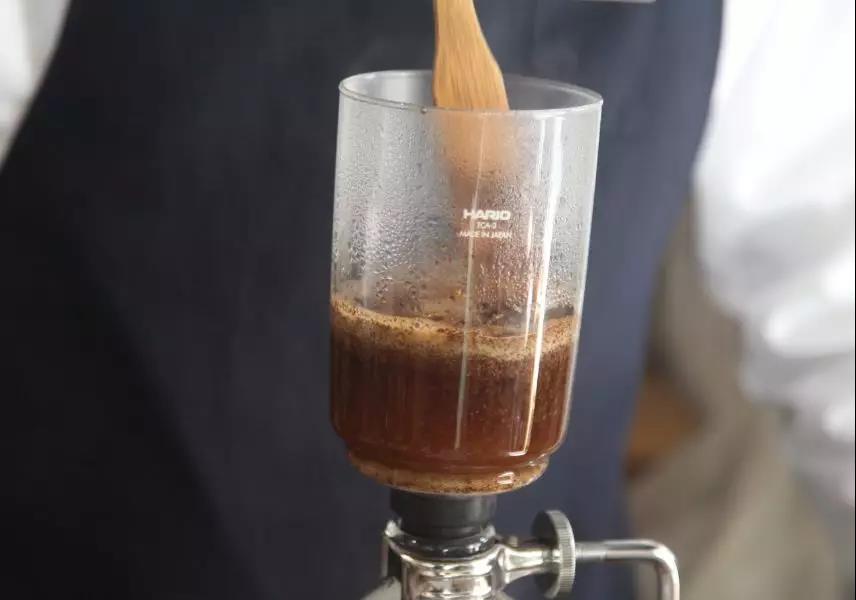
Unlike the V60 filter cup, the siphon pot is mainly soaked, so the brewed coffee will be more balanced in flavor and more mellow in taste.
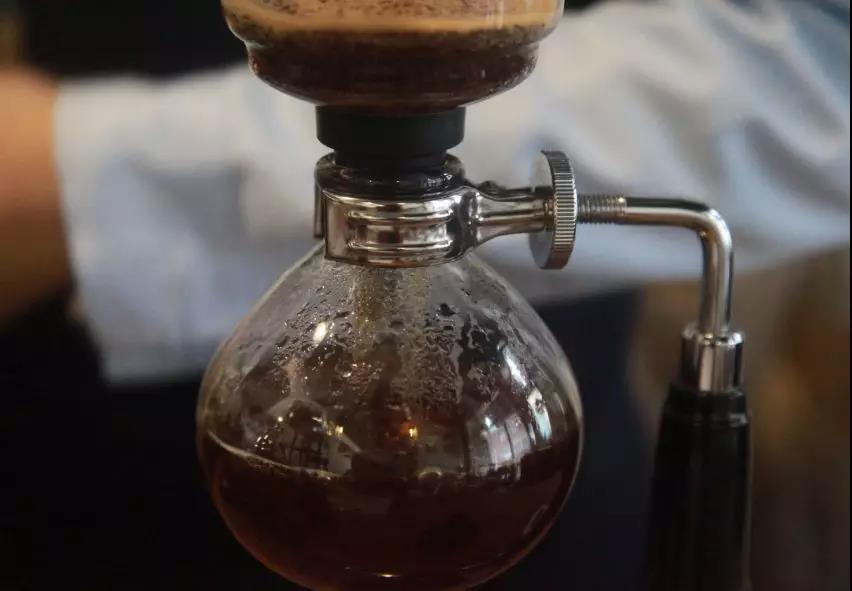
The main principle of coffee extraction with a siphon pot is realized through the pressure difference. First, the water in the lower pot is heated to boiling, and then inserted into the upper pot, so that the lower pot is in a state of high pressure. Due to the pressure difference between the lower pot and the upper pot, the hot water is mixed with the coffee powder in the upper pot and extracted. After the extraction process, the fire source of the lower pot is removed, so that the pressure difference between the lower pot and the upper pot is instantly reduced. The siphon between the upper pot and the lower pot will cause the coffee extract to return to the lower pot.
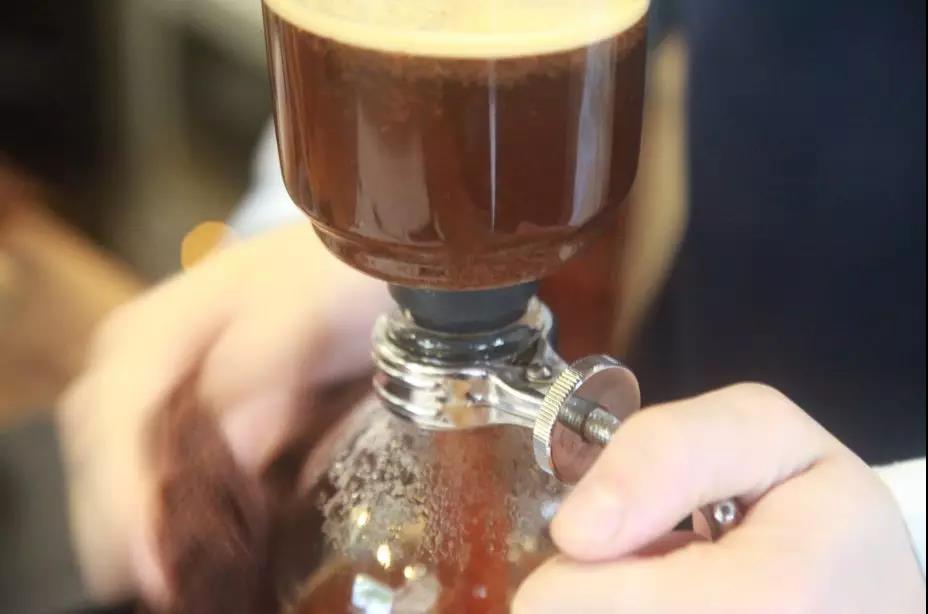
Parameters & techniques: grinding degree: BG 5R (Chinese standard No. 20 sieve pass rate 58%), water temperature: 91 ℃, powder-water ratio: 1:13.
After adding powder, when the water in the lower pot reaches the upper pot, pour in 20 grams of powder and stir so that the coffee powder is in full contact with the hot water. Stir three times in 35 seconds to increase the extraction of coffee, remove the fire and stir twice in 55 seconds. The time for the coffee liquid to return to the next pot is one minute and 38 seconds.
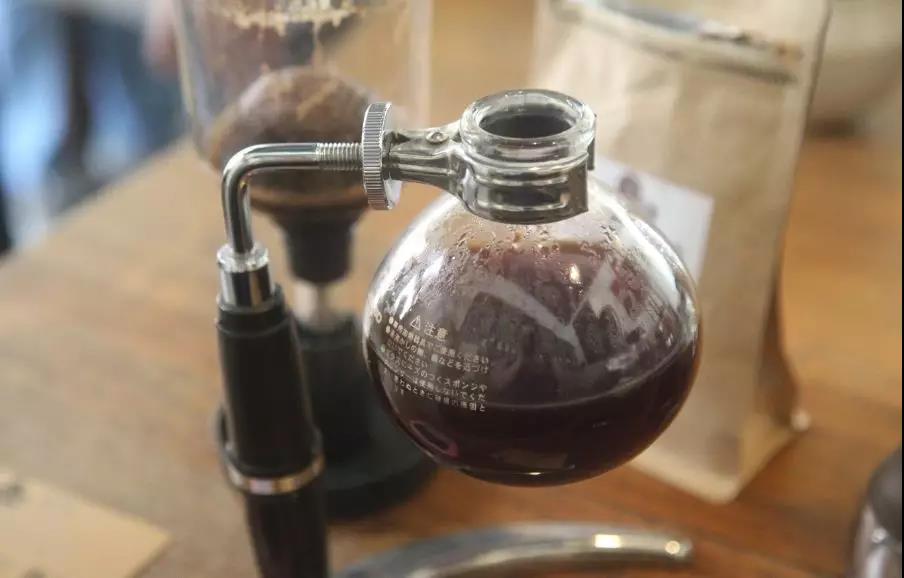
Flavor: it has a clear aroma of fermented fruit, with citrus, blueberry, grapefruit and raspberry flavors in the mouth, with some chocolate sweetness in the middle, Xuanmi tea in the finish, and obvious acidity of black plum after the temperature drops. Sucrose is sweet and long-lasting.
END
Important Notice :
前街咖啡 FrontStreet Coffee has moved to new addredd:
FrontStreet Coffee Address: 315,Donghua East Road,GuangZhou
Tel:020 38364473
- Prev
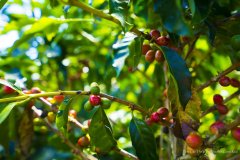
Visiting experience of DOKA Coffee Manor, a 70-year-old coffee bean plantation in Costa Rica
Professional coffee knowledge exchange more coffee bean information please follow the coffee workshop (Wechat official account cafe_style) Costa Rican coffee production area introduction _ Costa Rican coffee bean manor flavor taste finally came to this Costa Rican 70-year-old coffee estate because I like coffee very much, love my family and my dog, and begin to wonder how this coffee is produced.
- Next
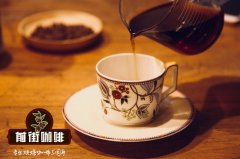
Costa Rican Tobush Manor Honey Coffee Ice drop tutorial on how to drink Costa Rican Coffee
Professional coffee knowledge exchange more coffee bean information please follow the coffee workshop (Wechat official account cafe_style) Costa Rica coffee production area introduction _ Costa Rica coffee bean manor flavor taste name: Costa Rica TABLON Kaduai honey processing (Costa Rica Finca Tobosi TABLON Catuai Honey) flavor description: gentle
Related
- Detailed explanation of Jadeite planting Land in Panamanian Jadeite Manor introduction to the grading system of Jadeite competitive bidding, Red bid, Green bid and Rose Summer
- Story of Coffee planting in Brenka region of Costa Rica Stonehenge Manor anaerobic heavy honey treatment of flavor mouth
- What's on the barrel of Blue Mountain Coffee beans?
- Can American coffee also pull flowers? How to use hot American style to pull out a good-looking pattern?
- Can you make a cold extract with coffee beans? What is the right proportion for cold-extracted coffee formula?
- Indonesian PWN Gold Mandrine Coffee Origin Features Flavor How to Chong? Mandolin coffee is American.
- A brief introduction to the flavor characteristics of Brazilian yellow bourbon coffee beans
- What is the effect of different water quality on the flavor of cold-extracted coffee? What kind of water is best for brewing coffee?
- Why do you think of Rose Summer whenever you mention Panamanian coffee?
- Introduction to the characteristics of authentic blue mountain coffee bean producing areas? What is the CIB Coffee Authority in Jamaica?

